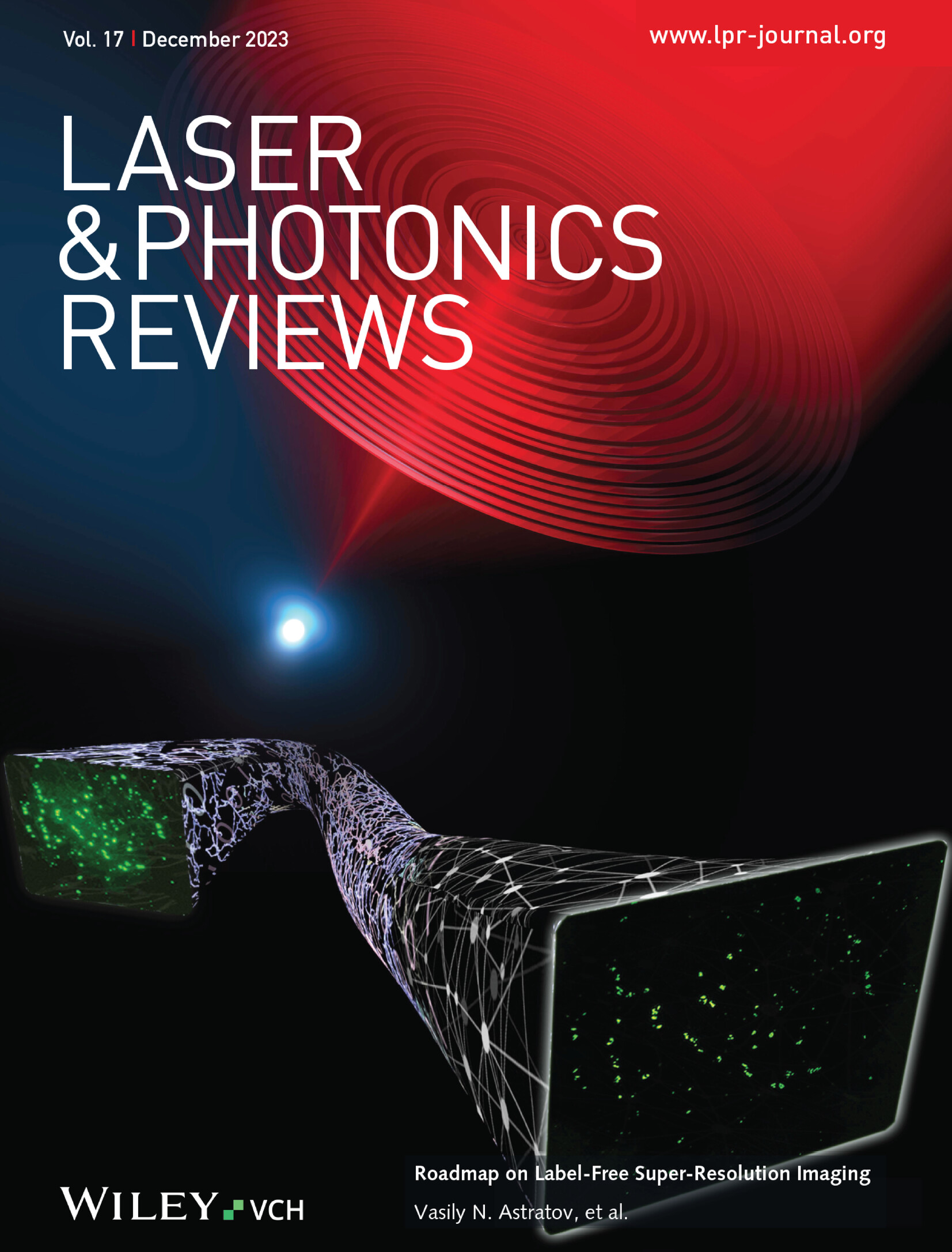Broadband Mode Coupling with Record‐High Fabrication Tolerance Using the Stimulated Raman Adiabatic Passage Technique
IF 9.8
1区 物理与天体物理
Q1 OPTICS
引用次数: 0
Abstract
Coupled‐waveguide structures are fundamental in photonic integrated circuits for their wide applications in basic optical functions such as directional coupling, polarization handling, and mode manipulation. However, the couplings between waveguides usually suffer from high wavelength and structure sensitivity, which hinders the development of broadband and fabrication‐tolerant devices. Here, a new method based on the stimulated Raman adiabatic passage (STIRAP) procedure is proposed for various kinds of on‐chip mode manipulation such as mode conversion and multiplexing. The coupling process of the STIRAP system is thoroughly explored to reveal the topological nature of STIRAP. The experimental results prove that the mode‐division multiplexer employing the STIRAP scheme has low insertion losses of < 1.8 dB and intermodal crosstalk of < −17.3 dB for all four mode channels over a 100‐nm wavelength range (1480–1580 nm). Thanks to the topological protection of the mode coupling, the proposed multiplexer exhibits unprecedented fabrication tolerance (−80–100 nm) to the structural deviations in waveguide width and gap distance. This work provides an intriguing approach to expanding the working bandwidth and improving the fabrication tolerance of coupled‐waveguide devices, which may find applications in diverse fields including optical communications, optical computing, quantum information processing and beyond.

求助全文
约1分钟内获得全文
求助全文
来源期刊
CiteScore
14.20
自引率
5.50%
发文量
314
审稿时长
2 months
期刊介绍:
Laser & Photonics Reviews is a reputable journal that publishes high-quality Reviews, original Research Articles, and Perspectives in the field of photonics and optics. It covers both theoretical and experimental aspects, including recent groundbreaking research, specific advancements, and innovative applications.
As evidence of its impact and recognition, Laser & Photonics Reviews boasts a remarkable 2022 Impact Factor of 11.0, according to the Journal Citation Reports from Clarivate Analytics (2023). Moreover, it holds impressive rankings in the InCites Journal Citation Reports: in 2021, it was ranked 6th out of 101 in the field of Optics, 15th out of 161 in Applied Physics, and 12th out of 69 in Condensed Matter Physics.
The journal uses the ISSN numbers 1863-8880 for print and 1863-8899 for online publications.

 求助内容:
求助内容: 应助结果提醒方式:
应助结果提醒方式:


